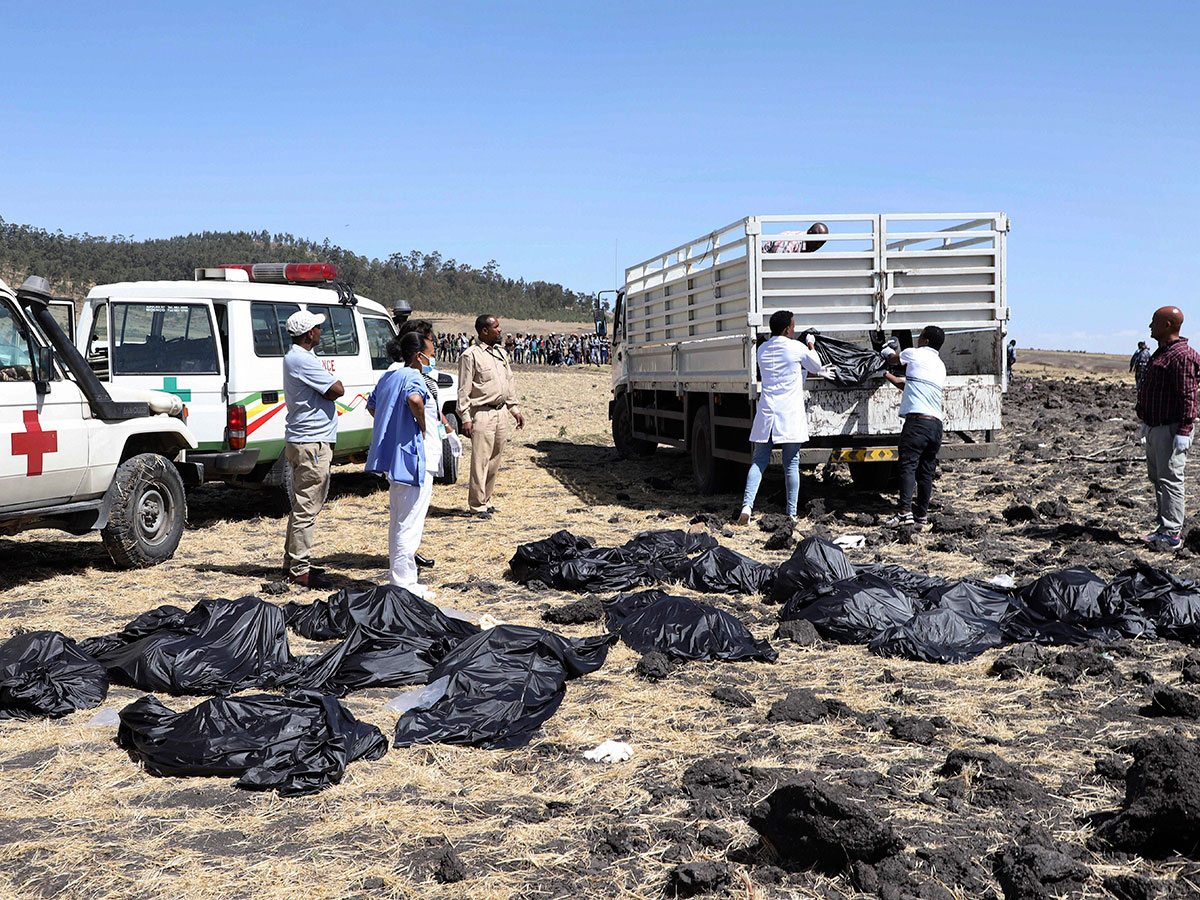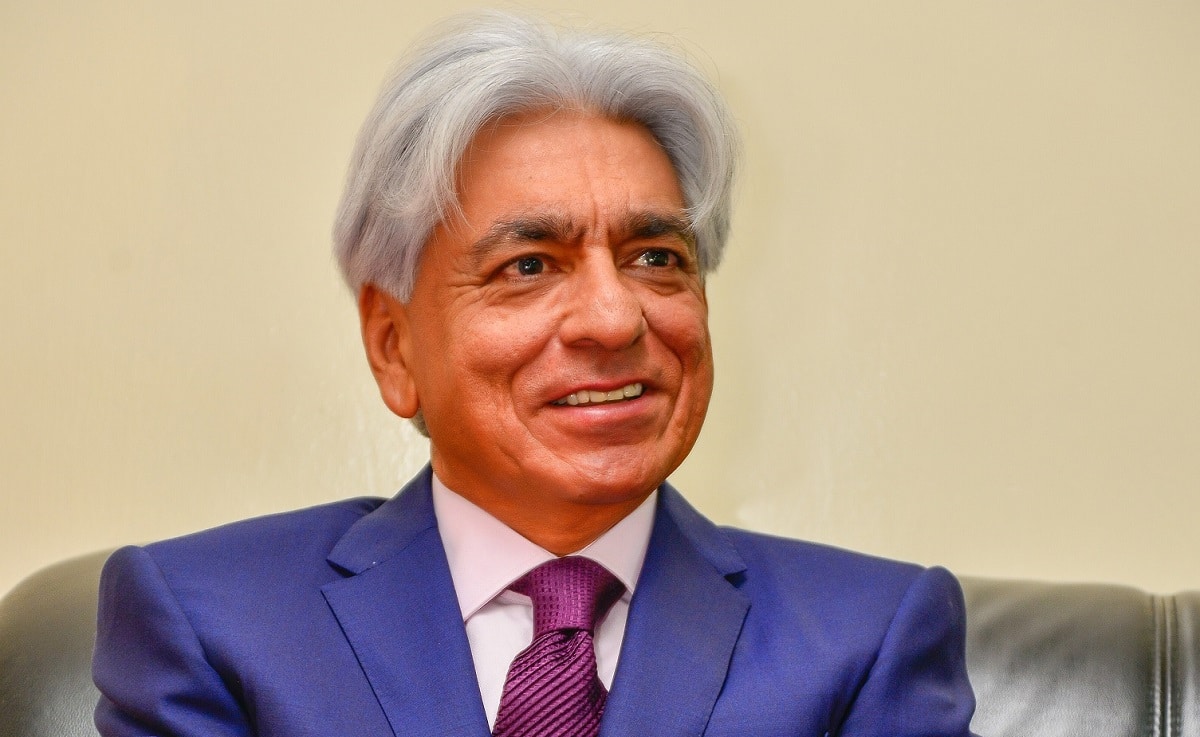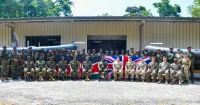The ill-fated Ethiopian Airlines started experiencing trouble immediately after take-off, according to traffic controllers at Bole International Airport, who have revealed that the pilots said they were experiencing technical problems. The Boeing’s brand-new 737 Max 8 appeared to climb and dive several times before nosediving, killing all 157 people on board.
These last moments are being related with the October crash of Lion Air, which killed 189 in Indonesia, 12 minutes after take-off. The similarities between the two crashes go beyond the aircraft brand involved: Boeing 737 Max.
Both crashed shortly after take-off and in both cases the plane experienced the up and down shoves, caused by what is believed to be a technical problem beyond the pilots.
Boeing and the National Transportation Safety Board have sent teams to the crash site and hopefully the true account of what happened with be known.
But the coincidence in two planes (same model) crashing in such a short time span is nagging aviation experts who are pointing to a software malfunction in the model. These are questions that touch on the nerve centre of Boeing’s business at its head offices in Chicago as well as factories in Washington State and South Carolina. The pressure is more at the factory in Renton, Washington, which produces the 737 Max planes.
Boeing 737 Max has been billed as a workhorse and fuel saver. So far 350 Max * planes have been supplied since 2017. With a single plane costing $120 million, and 5,000 more on order, the 737 Max has the holy grail in the aviation world.
The two crashes have caused turbulence for the manufacturer, with more questions than answers from pilots, passengers and industry analysts. Many airlines’ officials are not eager for the answers, though – they are more concerned about the 737 Max 8 they have on their fleet, with a number, including all in China and Indonesia, grounding them.

March 10, 2019 – Boeing is deeply saddened to learn of the passing of the passengers and crew on Ethiopian Airlines Flight 302, a 737 MAX 8 airplane. We extend our heartfelt sympathies to the families and loved ones of the passengers and crew on board and stand ready to support the Ethiopian Airlines team.
A Boeing technical team will be travelling to the crash site to provide technical assistance under the direction of the Ethiopia Accident Investigation Bureau and U.S. National Transportation Safety Board.
A technical analysis of the Lion Air flight could offer clues on the technical predicament that pilots of the Ethiopian Airlines may have faced moments before crashing. An eyewitness described watching Flight 302 “swerving and dipping” before crashing outside Addis Ababa on Sunday.
Pilot vs. computer in the cockpit
The less than three months old plane had a new software in it called MCAS (or Maneuvering Characteristics Augmentations System). MCAS was a system that didn’t exist in any of the Boeing 737’s before. However, when they built the 737 MAX version, in layman’s term, they built the plane with a larger and more efficient engine.
However, this larger engine, which delivered a further 14% fuel efficiency had to be fitted further forward under the low wings of the 737. This potentially may cause the plane to stall. Stalling is bad. It is basically when a plane stops flying and starts falling.
[ See: Airlines drop tough rule on dressing and make-up for cabin crew ]
In order to avoid this, Boeing installed the new MCAS software. This software is designed to tell the plane to move its nose down to increase its speed and prevent it from stalling.
So here comes the problem. On the plane there is a sensor called the Alpha Vane, which measures the Angle of Attack (AOA) of the plane. It looks like a small little wing, and they have two of it, one on the pilot side, and the other on the co-pilot’s.

The sensor’s job is to tell the computer the angle the plane is flying at. And if the AOA of the plane is too high, this will result in the plane stalling. Typically the AOA is below 15 to 20 degrees, and the new MCAS software will push the plane’s nose down if it thinks that the AOA is too high.
[ Read Also: Citizen TV top official in trouble with men of God ]
With flight Lion Air JT610, the Alpha Vane sensor measuring the AOA on the Captain’s side was reported to be faulty. So they changed it. That fault was reported from the equally harrowing flight from Bali to Jakarta.
On the fateful final flight, the plane which arrived from Bali the night before, had the sensor changed, and then it took off in the morning. No one knew what was really wrong with the plane, or about the new MCAS software. No one. Not the maintenance folks, and in fact not even the pilot. He apparently wasn’t trained on it yet.
So they flew the plane. And once in the air, the faulty sensor told the computer that the plane is stalling. The computer then, without the pilot ever knowing pushed the nose of the plane down further, while the pilot was trying to raise the plane.
In this battle between the pilot and the computer, the computer won. And the pilot, the crew, and the passengers lost and they died. The plane was too low, and the pilot didn’t have enough air to raise the plane and fly it.
The computer literally flew the plane into the ocean.
A few weeks later, Boeing issued an update on the plane, and informed that should the plane have an issue with its AOA sensors, one of the way to stop the computer was to switch it off! Apparently 189 lives could have been saved, had the pilot knew about the software, and flipped a switch to turn it off.
A single simple switch was the difference between life and death.
All eyes on the ET black-box
Could the Ethiopian Airlines pilots have also lost the battle against the computer?
Boeing installed the system on the new 737s as part of the “control law” — commands issued by the plane’s flight-control computer that bypass the pilots.
[ Don’t Miss: Why President Uhuru can’t run a marathon ]
Robert Stengel, an expert on flight control systems and a professor of engineering and applied science at Princeton University, speaking to New York Times said it was not clear whether the rocking trajectory of the Ethiopian jet was caused by a malfunctioning control system or pilots trying to fly the plane manually while distracted by some other emergency.
All eyes are now set on the black-box, found today, which could provide clues to what transpired between take-off and crashing six minutes later.












Leave a comment